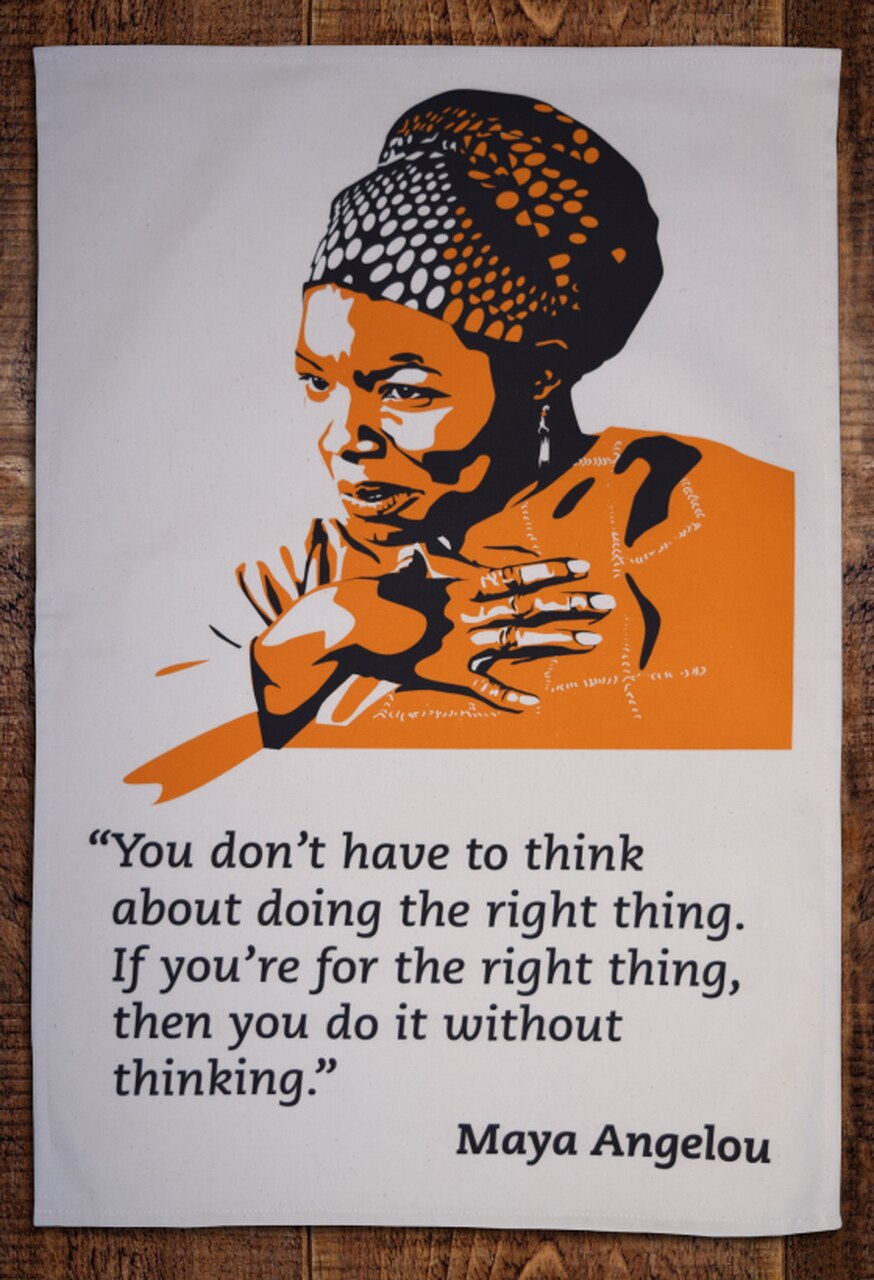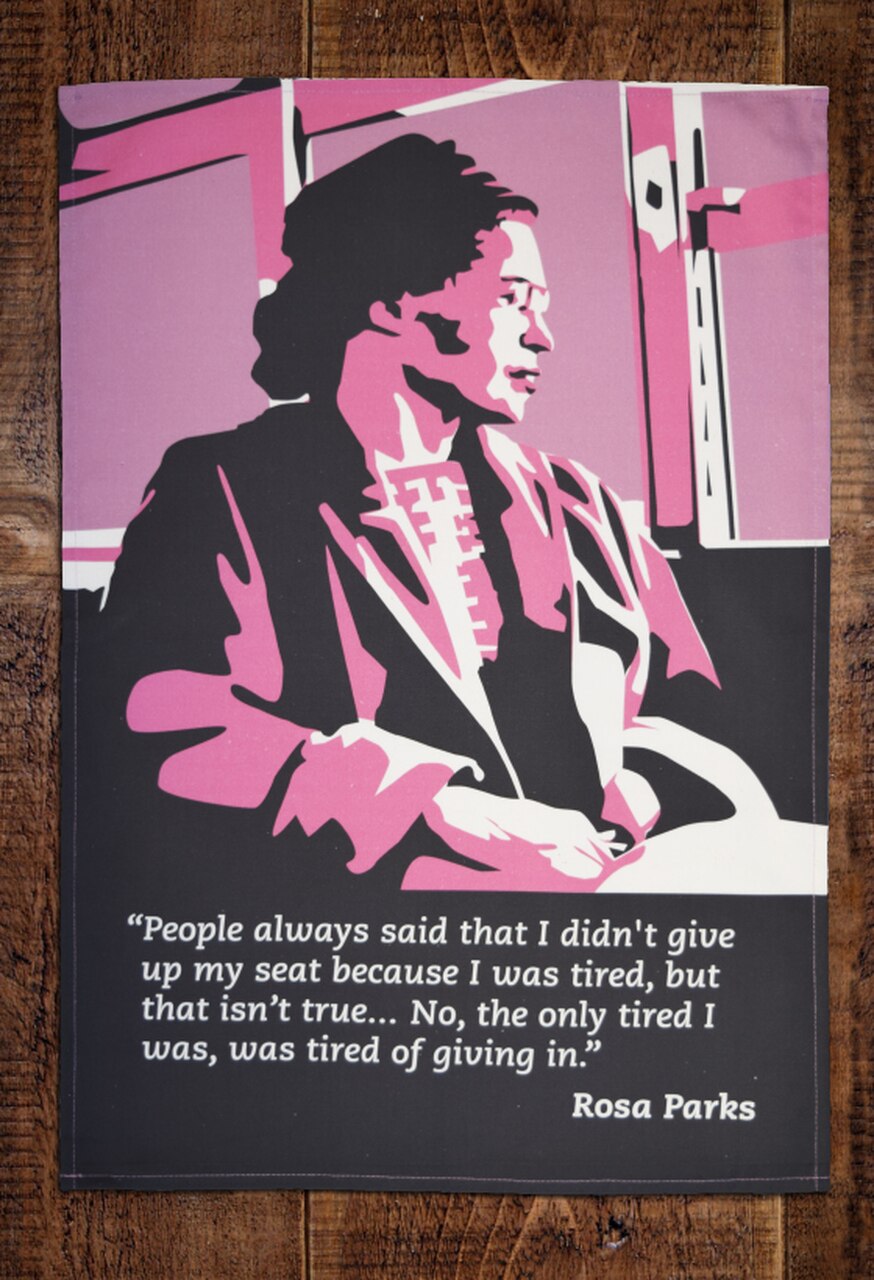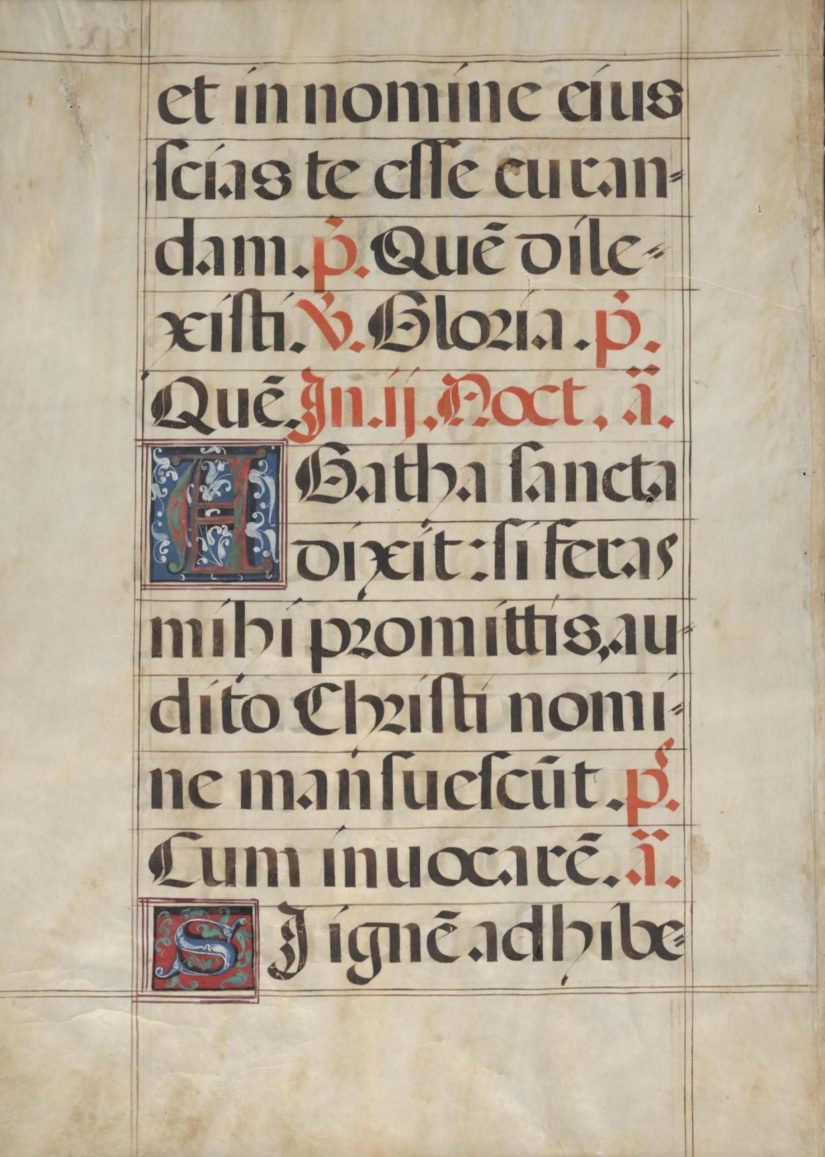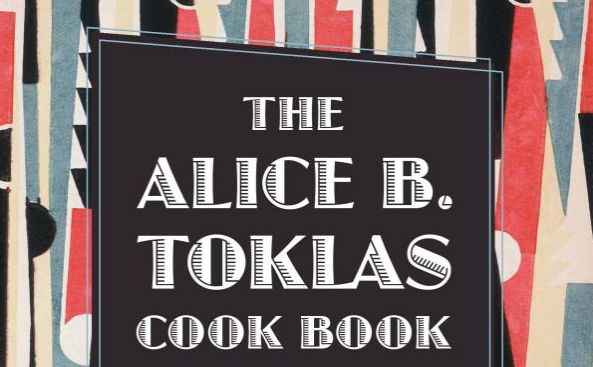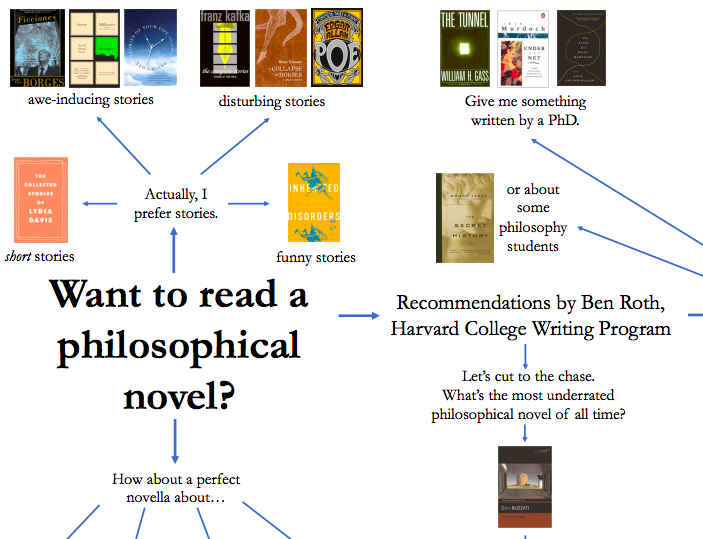Sooner or later, we all encounter the plays of William Shakespeare: whether on the page, the stage, or—maybe most frequently these days—the screen. Over four hundred years after his death, Shakespeare is still very much relevant, not only as the most recognizable name in English literature, but also perhaps as its most famous storyteller, even if we don’t recognize his hand in modern adaptations that barely resemble their originals.
But if we can turn Shakespeare’s plays into other kinds of entertainment that don’t require us to read footnotes or sit flummoxed in the audience while actors make archaic jokes, why should we read Shakespeare at all? He can be profoundly difficult to understand, an issue even his first audiences encountered, since he stuffed his speeches not only with hundreds of loan words, but hundreds of his own coinages as well.
The criticism of Shakespeare’s difficulty goes back to his earliest critics. Seventeenth-century English poet John Dryden declared that the playwright “had undoubtedly a larger soul of poesy than every any of our nation.” In the plays, we find “all arts and sciences, all moral and natural philosophy.” And yet, even Dryden could write, in 1664, that Shakespeare’s language was “a little obsolete,” and that “in every page [there is] either some solecism of speech, or some notorious flaw in sense.” (These issues are sometimes, but not always, attributable to scribal error.)
“Many of his words,” wrote Dryden, “and more of his phrases, are scarce intelligible. And of those which we understand, some are ungrammatical, others coarse; and his whole style is so pestered with figurative expressions, that it is as affected as it is obscure.” Seems harsh. How could such a writer not only survive but become an almost godlike figure in literary history?
Maybe it’s all that “poesy.” Shakespeare is surely one of the most musical writers in the language. Read his speeches to children—they will listen with rapt attention without understanding a single word. It is better that we encounter Shakespeare early on, and learn to hear the music before we’re buffeted by exaggerated ideas about how hard he is to understand.
Written in a time when English was undergoing one of most rapid and radical shifts of any language in history, Shakespeare’s ingenious plays preserve a riot of borrowed, invented, and stolen words, of figures of speech both old- and new-fashioned, and of scholarly and popular ideas traveling through England on their way to and from a globalizing world. The torrents of verse that pour from his characters’ mouths give us the language at its most fluid, dynamic, and demotic, full of unparalleled poetic fugues crammed next to the roughness Dryden disliked.
This is the essence of the modern—of later Shakespearen successors like Samuel Beckett and James Joyce who freely mixed high and low and invented new ways of speaking. Why should we read Shakespeare? I can think of no more persuasive argument than Shakespeare’s language itself, which dazzles even as it confounds, and whose strangeness gives it such enduring appeal. But which plays should we read and why? The TED-Ed videos above from Iseult Gillespie, and below from Brendan Pelsue, make the case for four of Shakespeare greatest works: The Tempest, Hamlet, A Midsummer Night’s Dream, and Macbeth.
Learn new facts about the plays, and why their tragedy and humor, and their copious amounts of murder, still speak to us across the gulf of hundreds of years. But most of all, so too does Shakespeare’s gloriously ornate poetry—even when we can barely understand it.
Related Content:
Hear What Shakespeare Sounded Like in the Original Pronunciation
Take a Virtual Tour of Shakespeare’s Globe Theatre in London
The 1,700+ Words Invented by Shakespeare*
Josh Jones is a writer and musician based in Durham, NC. Follow him at @jdmagness.


